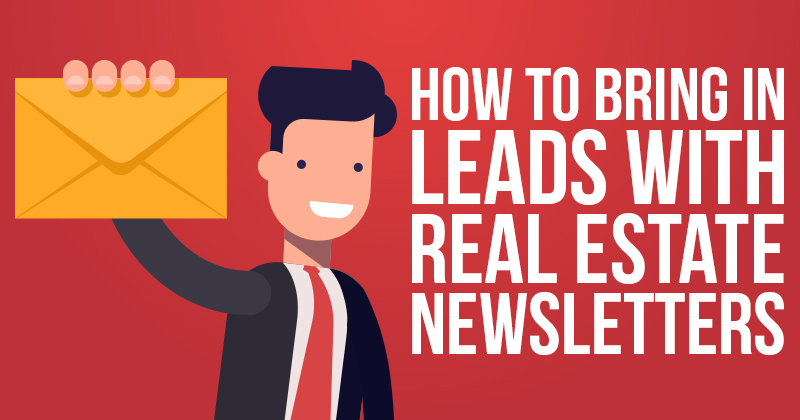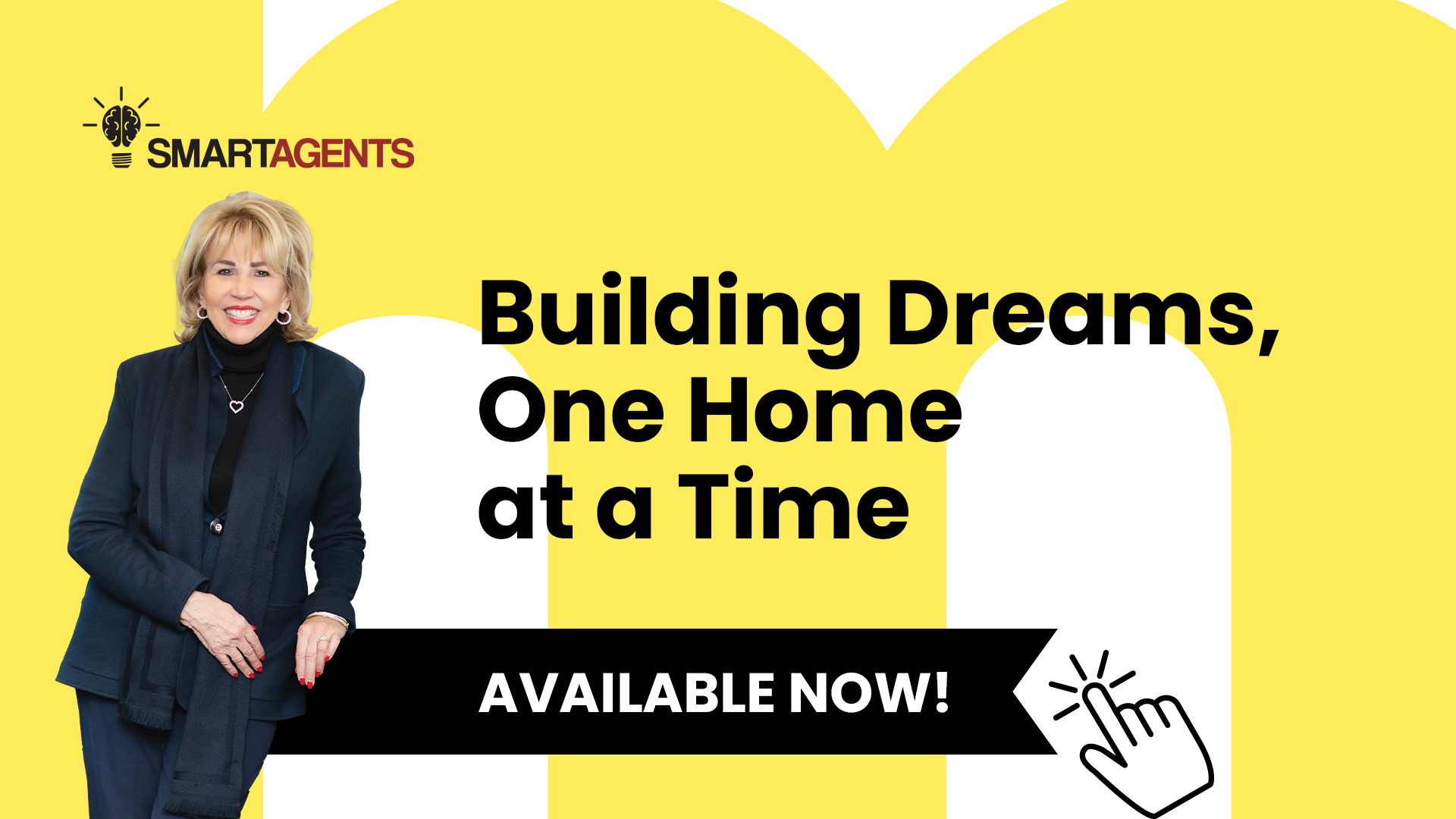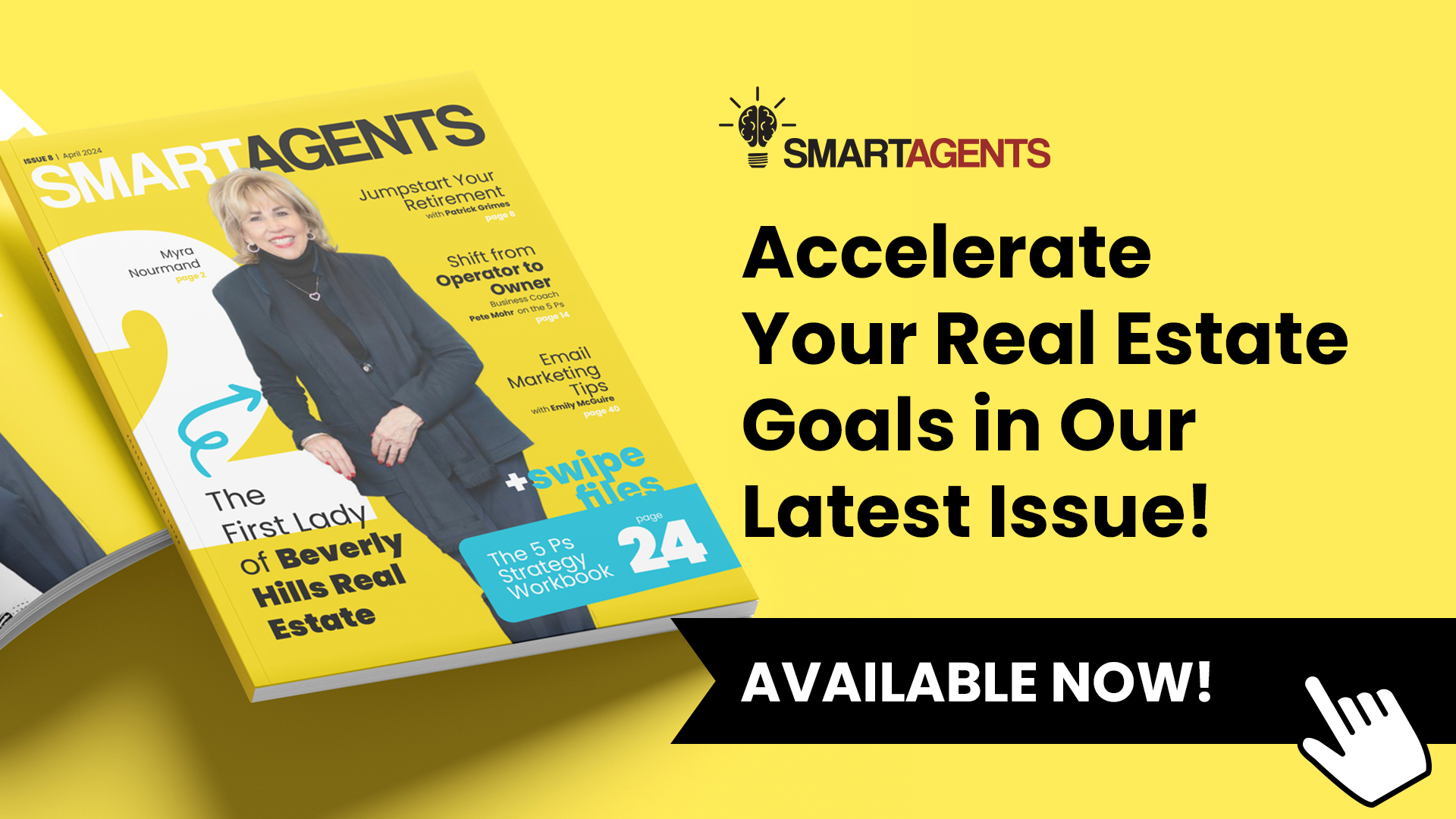Sending a newsletter to your email list is the perfect way to stay in touch with your former clients and leads, without constantly giving them a sales pitch.
When done well, newsletters can keep cold or inactive leads around until they turn into listings, while simultaneously building your brand.
We recently wrote a blog about the best way to collect email leads. Today’s blog is about the best newsletter practices.
It’s more than worth it to spend time sending newsletters. A study concluded email marketing is 40 times more likely than Facebook or Twitter to get a listing.
If you don’t have it already, get an email service provider (Mailchimp, Constant Contact, etc.). These will give you templates and make it relatively simple to put a nice-looking newsletter together.
Your email list will get tired of constant real estate emails. Your newsletter could and probably should include real estate information and topics, but it should mainly serve as a reason for leads to interact with your brand outside the real estate market.
Newsletters can go a long way in building relationships. When the time comes, your readers will be familiar with you and your brand.
Here are some tips for crafting the best newsletters to bring in leads.
Consistency is important.
You don’t send out one or two newsletters and see an immediate result. It's a process that takes some time. Choose to send a newsletter once or twice a month. Once a week is probably too frequent.
Once you send it at the same time and day a few times, readers will expect it from you at that time.
You must also maintain consistent branding throughout your email. The colors, layout and overall feeling of your newsletter should be consistent with your brand. The readers need to able to quickly connect the newsletter to you or your company’s website.
Find the best day and time to send it.
This has a giant impact on whether your newsletter will be opened and read or not. For example, on weekdays, the best times to send are between 8-10 AM and 3-4 PM. A lot of emails are opened in the mornings and reread in the afternoons.
You can mess with a few different times and dates when you start and see what works best for your specific audience.
Take steps to make it somewhat personal.
Since you probably haven’t met the majority of people on your email list, there are a couple of steps to make your newsletter more personal. First, use an email with your name on it.
This has to be said since newsletters often get sent from addresses like info@realtorbrokerage.com.
Don’t use anything but an email with your name in it. Also, use your first and last name in the from section — not your company name.
Personalize your email signature, as well. This will stop it from being marked as spam.
Check the personalized box when you send it. Most email services will take your email list and automatically write the first name of the person you're contacting at the start of the email when you check this box. When emails mention the receiver's name, they get six times the response.
Fill it with relevant and strong content.
This is the most important part of your newsletter. Remember that the best content is simply meant to help the reader and not sell them on anything. That part will come later.
You don’t need to write the content yourself. You can curate content and put it together in one place. For example, place an article on Christmas decorating tips in the newsletter with an excerpt of a few tips, then link to the actual article.
It doesn’t matter if you wrote it — if it's useful, the reader will know you recommended it to them.
Here are some different things that can be included:
-
Current marketing statistics — This shouldn’t be the only thing in your newsletter, but you can mention the average price of sales in the area, days on the market and things of that nature.
-
Holiday or seasonal guides — Include tips for work around the house in specific weather conditions, advice on throwing holiday parties or decorating, or information about tax season savings.
-
Event calendars — Feature events around the area for the upcoming month.
-
Local spotlights — Highlight something you find interesting in your area by linking to content about it.
-
Recipe ideas
Local content will work best to engrain you into the community.
The more calendars, coupons and local events you highlight, the more your readers will associate you with your market area. Then, when they have a real estate question, they’ll ask the expert who is tied in with the community.
You could even trade space in your newsletter with local businesses for referral business.
Use a great-looking template.
Your email marketing service should make it somewhat easy to pick out a template that looks good and is convenient for the viewer. A grid is a good idea if you want to link more than one or two pieces of content.
Be sure that it’s mobile compatible and looks good on a phone, as well. A lot of the viewers will be on iPhones or Androids. You want a layout that can add three or four photos of the content you link, then leave some space at the end for your call to action.
Include a call to action.
Even though you shouldn’t make it real estate specific every time, add some sort of call to action at the end of each newsletter.
Add something at the end that compels people to contact you — but keep it low-pressure. It can be something like, “Find out what your home is worth!” or “If you have any questions or concerns about real estate, call me!” — or anything else along those lines.
If you're a MyBooks member, this is the perfect opportunity to get the word out about your books. Offer a free copy at the end of your newsletter.
The key is to make it strong. It should have one meaning and be incredibly straightforward. Have a button that links to your website, as well.
Email Newsletters vs. Direct Mail Newsletters
Direct mail newsletters can work in certain situations. However, they lack a few benefits that emails can provide — like linking to outside content (plus you'll be limited on what you can print and may need to create your own content). They can also get very expensive if you have a large client list.
The biggest thing is to keep sending them.
So many people send out a few newsletters and stop well before they reap any benefits. Stick with it and determine what’s working best.
A real estate newsletter can build a relationship between you and a lead before you ever meet them. Consider using this tool to your advantage!





